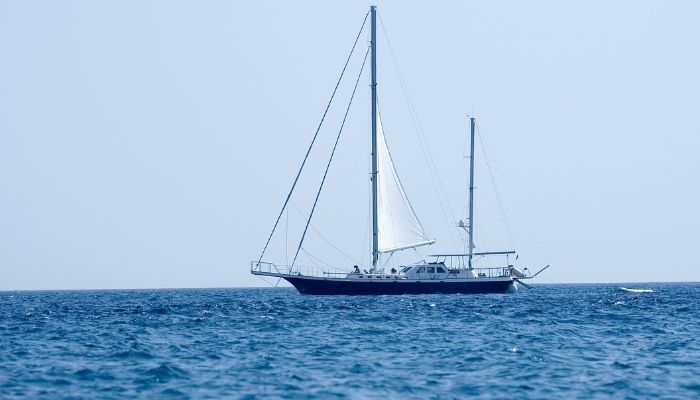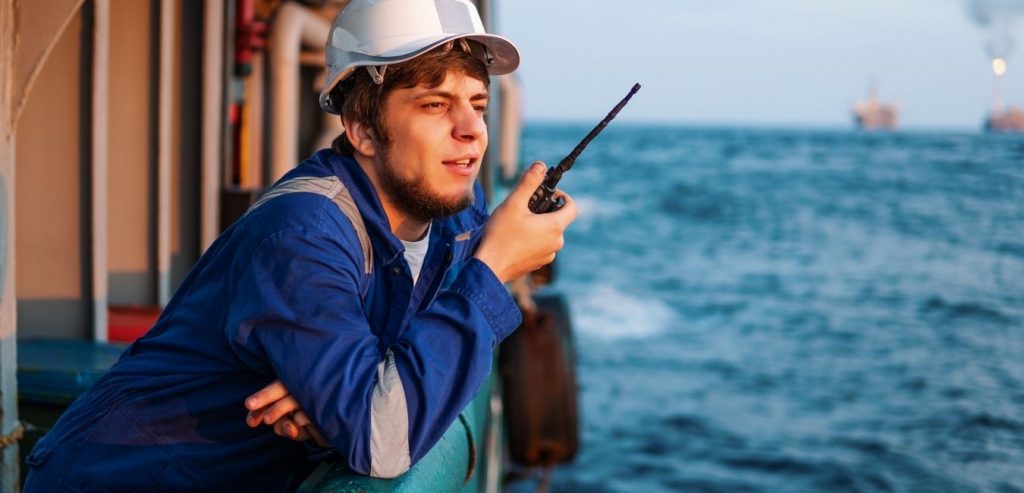“As an Amazon Associate I earn from qualifying purchases at no additional cost to you”
One frequently asked question is the difference between inshore and offshore sailing. In sea or ocean waters, inshore sailing is typically closer to the shores, about 2 miles off. On the other hand, offshore sailing goes further into the ocean, sea, or a large lake.
With that comes differences in the type of boat to use for both adventures, the kind of gear to have, and even the kind of clothing to wear. But don’t fret! This brief guide on inshore and offshore sailing will help you understand the requirements of each.
More about inshore sailing
Inshore sailing happens in open water, generally within sight of land or islands, and in protected waters. It also takes place in daylight only, though inshore yacht racing may happen overnight or a few days in the case of passage races.
What is considered offshore sailing?
At the very least, any voyage beyond 100 miles from the nearest land is considered offshore. At this distance, you are totally isolated and in direct contact with the worst of elements; sea state, wind, and amplified rain.
Gear requirement for inshore and offshore sailing
For you to fully relax and enjoy taking to the waters, it’s essential to have the right gear for the type of sailing you want to do. There may be differences in selection, but there’s general safety equipment to have regardless of whether you’re on an inshore or offshore boat. These include:
- Life jackets for the crew onboard.
- Rope, chain, and anchor.
- Bilge pump or bailer, depending on your boat.
- Fire extinguisher.
- Bucket.
- Pair of oars or paddles, depending on your boat.
- Sound signal gadget.
- Torch (waterproof and floatable).
Inshore safety gear
In addition to the general equipment above, you’re required to have the following when you’re staying within two nautical miles away from the shore:
- Compass.
- Two Orange smoke hand-held flares.
- Two Red hand-held flares.
- Map of the area you’re sailing in.
- A V-sheet, at least 1.8 x 1.2 meters.
- 2L of drinking water per person.
However, offshore sailing needs additional safety equipment.
Safety equipment required for offshore boating
Emergency Position Indicating Radio Beacon (EPIRB)
In case of an emergency, activating this device will put out a signal for a patrol aircraft to pick up and ultimately come to your rescue. EPIRB gives added security given that offshore sailing might take you out of phone service.
You can also have a Personal Locator Beacon (PLB) for extra assurance, though this device is not an alternative to the EPIRB.
Marine Radio
Be sure to have a functional VHF radio onboard. In addition, find out the distress frequencies and tune in to the relevant one, thus you can reach out to someone for help if you encounter a problem.
A marine radio also comes in handy in checking boating weather and navigational warnings, as well as informing the shore stations of your whereabouts. A 2-way marine radio is recommended as it lets you listen to emergency channels even in blue waters.
Parachute flares
Going beyond 5 nautical miles offshore means it’s mandatory to have at least two parachute flares. These are designed for use 24/7. During the day, they make you visible up to 15 kilometers, whereas, at night, you can be seen from as far as 40 kilometers away.
Inshore vs offshore jackets
A jacket is a must-have for any proper sailing activity. However, there are slight differences between jackets designed for inshore and those for offshore.
Inshore jackets provide fully waterproof fabric for maximum protection and they usually have a more stylish appearance. They are also characterized by fully taped seams, comfortable lining, breathable and quick-drying fabric.
This kind of construction essentially does two things; prevent water from getting in and allow sweat to escape during times of intense activity. Remember, the warmer the conditions outside, the more crucial breathability becomes.
One such jacket that fits the above description is the Helly-Hansen 33874 Men’s Crew Hooded Midlayer Jacket. Equipped with the brand’s Helly Tech®, this jacket offers unparalleled waterproofness, top-notch wind protection, and superior breathability. Don’t just take my word for it; there are 1,500+ positive reviews on Amazon alone to justify my claim.
On the other hand, offshore sailing jackets must be able to withstand the harshest elements. Consequently, they are more expensive than inshore varieties but, you get increased functionality.
High collars, adjustable hems, and taped seams are compulsory, and a certain degree of movement is vital. Handwarmer pockets, an adjustable peaked hood, and articulated arms are all necessities when traveling offshore.
That said, all that’s left to do is for you to equip yourself with the right gear for the right activity, set sail, and enjoy!









